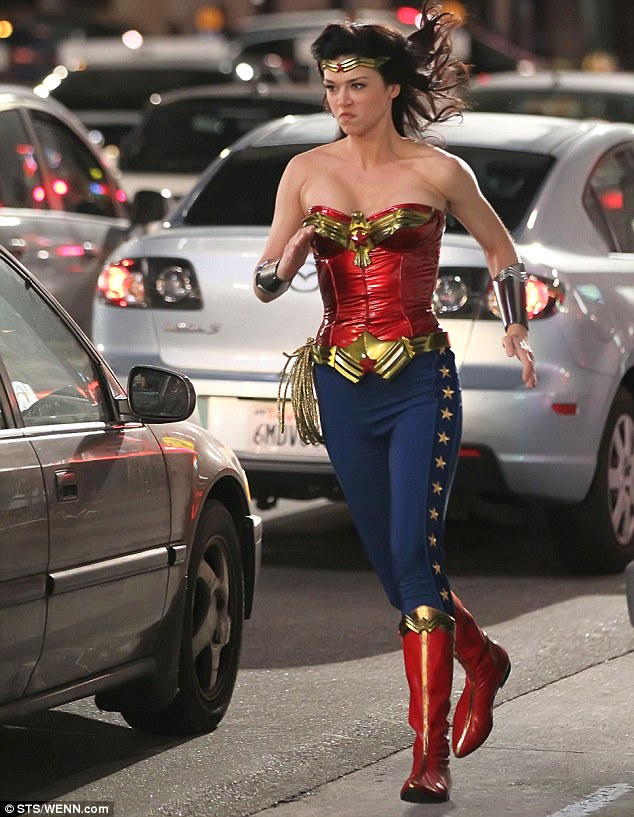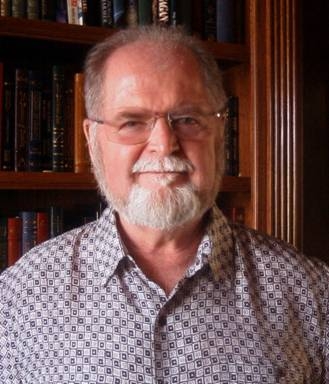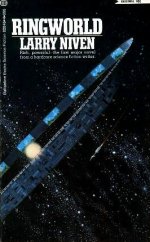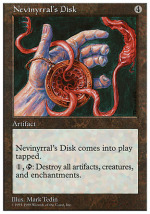by
Megan Collins
Note: Megan is another Fantasy Lit. student. This little write-up made me smile. Feel free to post your agreements or disagreements. Hmmm . . . I think my vote goes to Rutger Hauer. Enjoy!
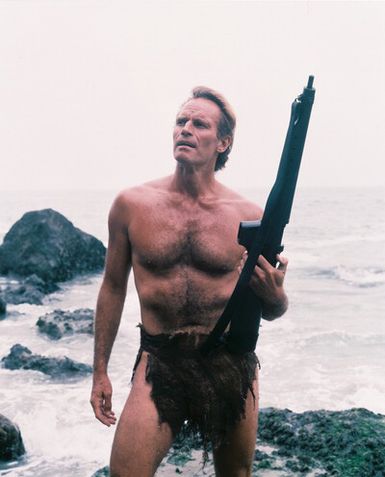 Charlton Heston: a man among men.Science Fiction films depict every type of creature fathomable- human and non-human. Usually, there is always one out of any race that stands alone as the alpha male. Science Fiction has many examples of these heroes: for example, Flash Gordon, Captain James Kirk (or Picard, the choice is yours). It’s not often an actor can portray this type of character in more than one science fiction movie, and do it better than any before him. In the 1970’s, Charlton Heston was the man.
Charlton Heston: a man among men.Science Fiction films depict every type of creature fathomable- human and non-human. Usually, there is always one out of any race that stands alone as the alpha male. Science Fiction has many examples of these heroes: for example, Flash Gordon, Captain James Kirk (or Picard, the choice is yours). It’s not often an actor can portray this type of character in more than one science fiction movie, and do it better than any before him. In the 1970’s, Charlton Heston was the man.
When biological warfare turned humans against science and technology in a post-apocalyptic nightmare, he was there. When humans had failed the Earth, and apes evolved to take their place, he was there. When humans had resorted to eating soylent green, aka- each other, he and Edward G. Robinson were there.
Heston was the actor of choice for any film that called for an ordinary yet larger than life persona. Throughout the span of his career, he played a variety of characters; everyone from Marc Antony to Moses. While he was infallible in his historical roles, Heston was a flexible man. Though often associated with those roles in particular, he was a 70’s Science Fiction film staple. He portrayed the Average Joe, who when in times of crisis and world-altering revelations, came through it all as the resilient hero. Three of Heston’s Sci-Fi films are enough to cement him as one of the genres manliest protagonist: Planet of the Apes, The Omega Man, and Soylent Green. While he is the picture of a conqueror taking down the man (ape, counter-culture, and savage humans in his case) with an iron fist and a chiseled jaw, his starring role in Planet of the Apes might be the most testosterone charged performance of all three.
Aside from the fact that he is usually less than fully clothed in1968’s Planet of the Apes, Heston is the definition of man in the film; literally. Apes have super-evolved, replacing humans as the dominant race on Earth. Men on the planet have become a simple, undomesticated people. Heston’s character, American astronaut George Taylor, has been in space for over 2006 years. His ship lands on the planet of apes, which he later learns is Earth. Heston portrays the awed yet head strong Taylor in all kinds of shirtless glory. When a few gorillas attempt to capture Heston, as he had escaped from them previously, he utters one of pop-culture’s most infamous lines: “Get your hands off of me, you damn dirty ape!” The line is brash and bold, but Heston makes it the line of a true he-man. In the end, he and his Neanderthal throwback female counterpart ride off on horseback, into the sunset.
Heston played a survivor of biological warfare, Doctor Robert Neville, in 1971’s The Omega Man. He had immunized himself and was safe from the virus that had plagued millions. Practically alone in the city of Los Angeles, Heston’s character is left to fend for himself against the albino-like infected masses who are bent upon destroying him and anything from prior civilization. Heston conveyed Dr. Neville as a careful yet ruthless human being with an intense will to survive.
Soylent Green, made in 1973, was Heston’s next starring role in a sci-fi film. He played Ty Thorn, a New York City policeman investigating the murder of a wealthy investor in the year 2022. The population has soared to over forty million people in New York City alone, and growing. Humans have limited to no resources- fruit is a luxury-, and have resorted to eating a government controlled food supply, called “soylent”. Heston’s character, Thorn, after being informed by his dying roommate the truth about soylent, is determined to let it be known. Shoving his way past any man in his path, Heston’s character exudes the determination of a famished lion stalking his prey. Of course, he gets the gorgeous damsel in distress after only knowing her for maybe a day. It was just the patent Heston lure. Though Heston’s character dies in the end, and the secret of soylent will never be exposed (it’s people, by the way… soylent is people) it doesn’t detract from the fact that Heston tried with an unmatched ferocity to expose the truth.
Heston’s performance in all of his films just oozed the essence of man. He was tough, he was real, and he was ridiculously good looking. His acting in science fiction films is often overlooked, when in reality it’s some of his best work. Charlton Heston was the man in every film he starred in, but he is indefinitely one of science fiction’s manliest protagonist.
 Tuesday, May 31, 2011 at 06:12PM
Tuesday, May 31, 2011 at 06:12PM 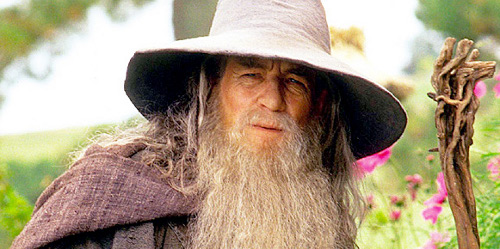 Wow, I've grown so cynical and skeptical about this project that I just quit keeping up with anything. A piece on yahoo news caught be by complete surprise. Looks like the films are going to be December releases in 2012 and 2013. Read the complete article here.
Wow, I've grown so cynical and skeptical about this project that I just quit keeping up with anything. A piece on yahoo news caught be by complete surprise. Looks like the films are going to be December releases in 2012 and 2013. Read the complete article here. Peter Jackson,
Peter Jackson,  The Hobbit movies in
The Hobbit movies in  Movies
Movies 

